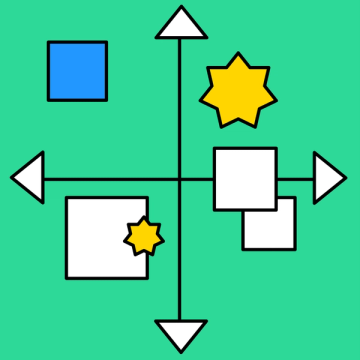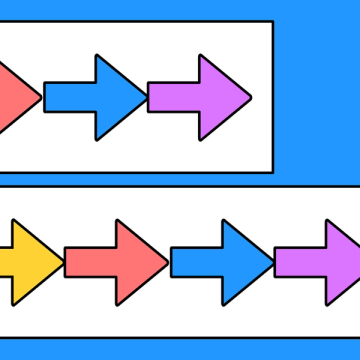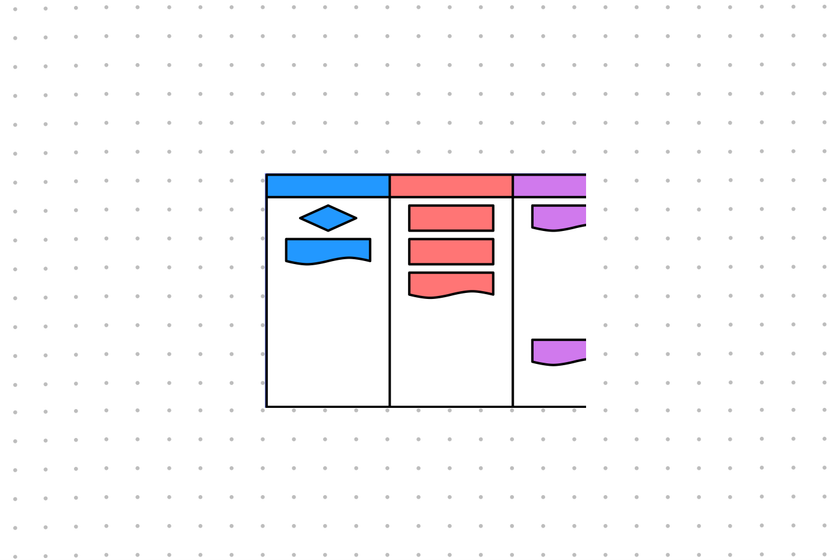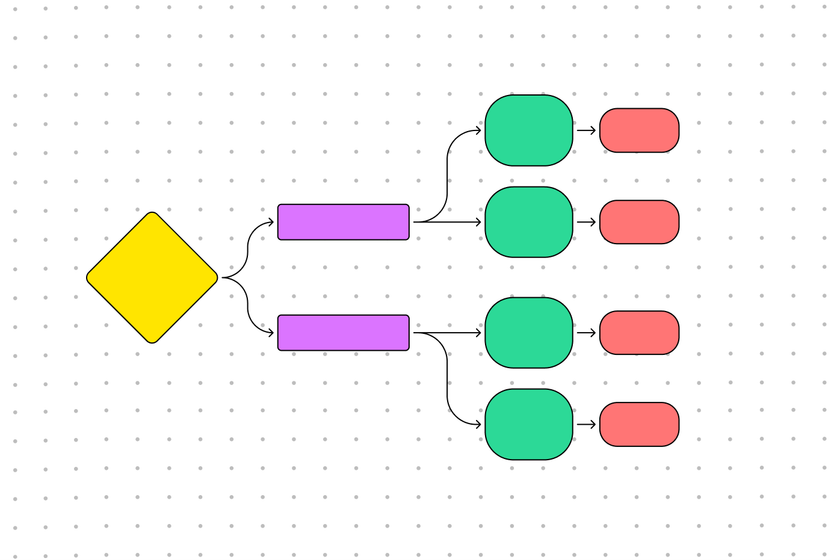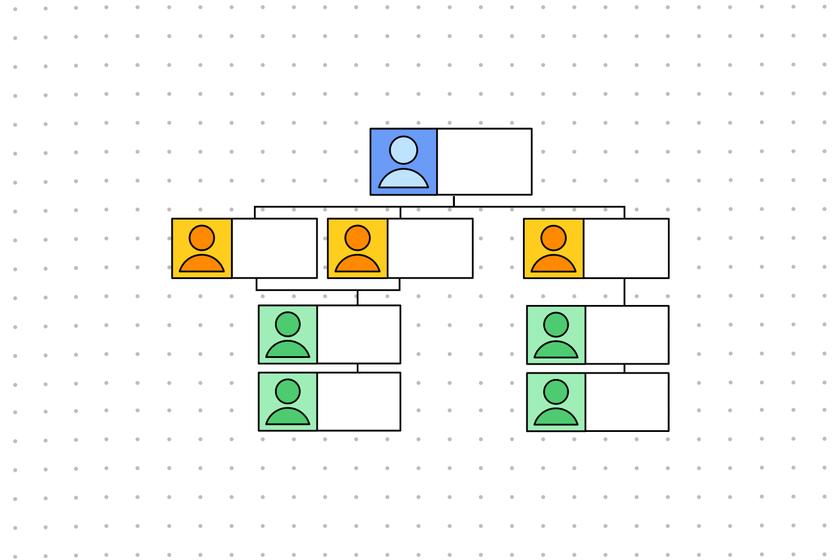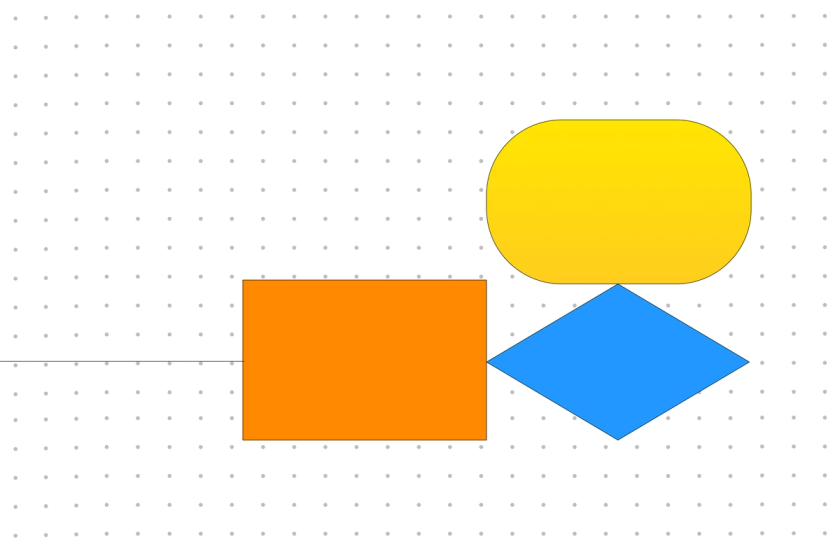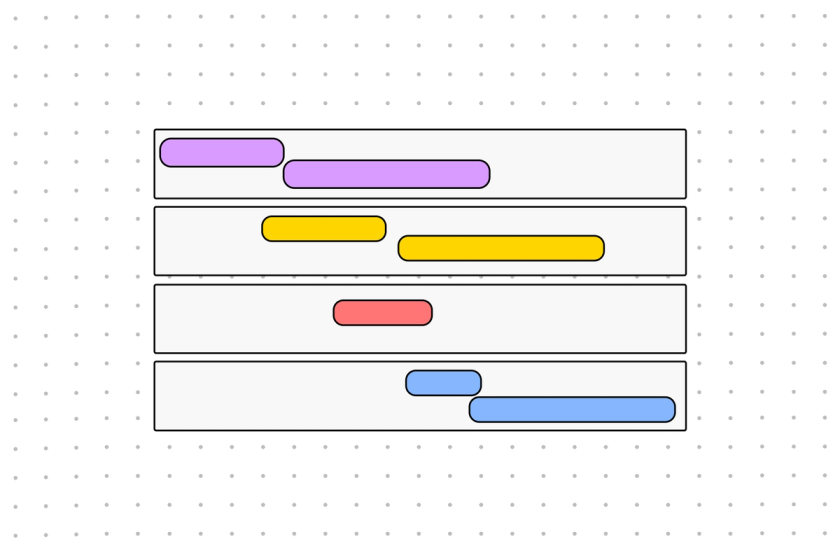FigJamInvestigate your influences with our PEST analysis example
Worked out the nitty-gritty on kanban boards and timelines? Time to go big picture—identify the external forces at play in your day-to-day (and year-to-year) with our PEST analysis template.

PEST analysis template
Chart the current—and future—market environment on our customizable PEST analysis tool.
No surprises ahead (except parties planned by your team)
Your business environment doesn’t exist in a bubble. Avoid the unexpected and identify opportunities with our free, interactive template.
Take a snapshot: Enjoy a bird’s eye view of the macro-environmental factors that might impact your operations today, tomorrow, and ten years on.
Connect the dots: Identify what’s trending, what’s timely, and what might take a toll—then, use your insights for effective planning and digital marketing.
Encourage strategic thinking: Provide the framework to inspire creative strategic planning approaches to any external factor throughout your team—from managers to specialists.
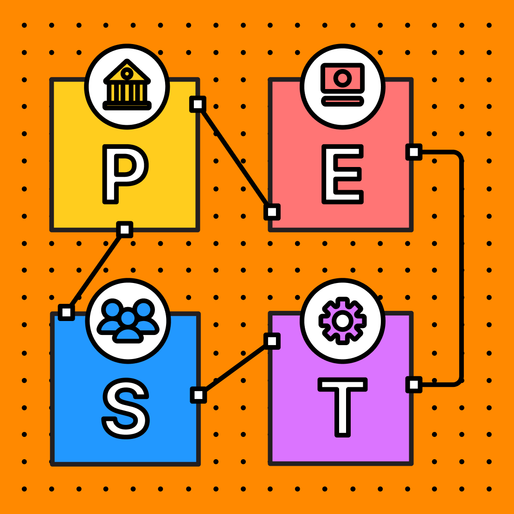

FigJamPEST friends forever
Join forces to better understand the outside forces impacting your projects and goals. With easy-to-use widgets and collaboration tools, your team can discover, share, and react to what’s going on to create strategic management decisions.
Big-picture plans + of-the-minute details? Opposites attract.
Build a strong foundation for your product when you take the broad view. Explore more templates from our Community to see what’s possible from all angles.
FAQs
A PEST analysis covers the key external factors likely to affect planning and operations. It often features a mixture of visual and textual elements to help your team make creative connections.
What does PEST analysis stand for? Political, economic, social, technological. These are the outside forces, otherwise known as pest factors, that might impact your work—anything from election results to a game-changing product release. Whether it be a political factor, technology factors, legal factors, or economic factors, a PEST analysis will set your business up for success.
Whether you’re overwhelmed by the various moving parts of long-term planning or you’re taking the first crack at understanding the big picture, you might benefit from conducting a PEST analysis. But you shouldn’t go it alone. Bring your colleagues along for the exercise to tackle any and all pestle factors.
Begin your PEST analysis with an all-hands brainstorming session to determine internal and external environment forces and distill your team’s diverse insights from there—organizing what’s on the horizon by the different categories in the framework.
While the SWOT analysis focuses more on the strategic analysis of your internal operations and positioning and the PEST analysis unpacks what’s going on in the broader environment, there’s some overlap between the two. Both frameworks encourage you to think about projects or products as they relate to larger trends, inspiring strategic thinking and a fleshed-out understanding of future needs.
So, compared to a SWOT analysis, what is a PEST analysis and why is it important? It gives real-world context to your long-term business plan to identify pestel factors. Combined with the internal-facing SWOT chart, a PEST framework can provide a 360-degree understanding of your product.
TL;DR? SWOT and PEST may be different, but they complement each other and can increase your understanding of your product and your market to create an effective business strategy. You can find free, easy-to-use templates for SWOT and PEST tools on FigJam.
Other templates you might like
Explore 1,000+ templates on the Figma community
Explore even more templates, widgets, and plugins—all built by the Figma community.






